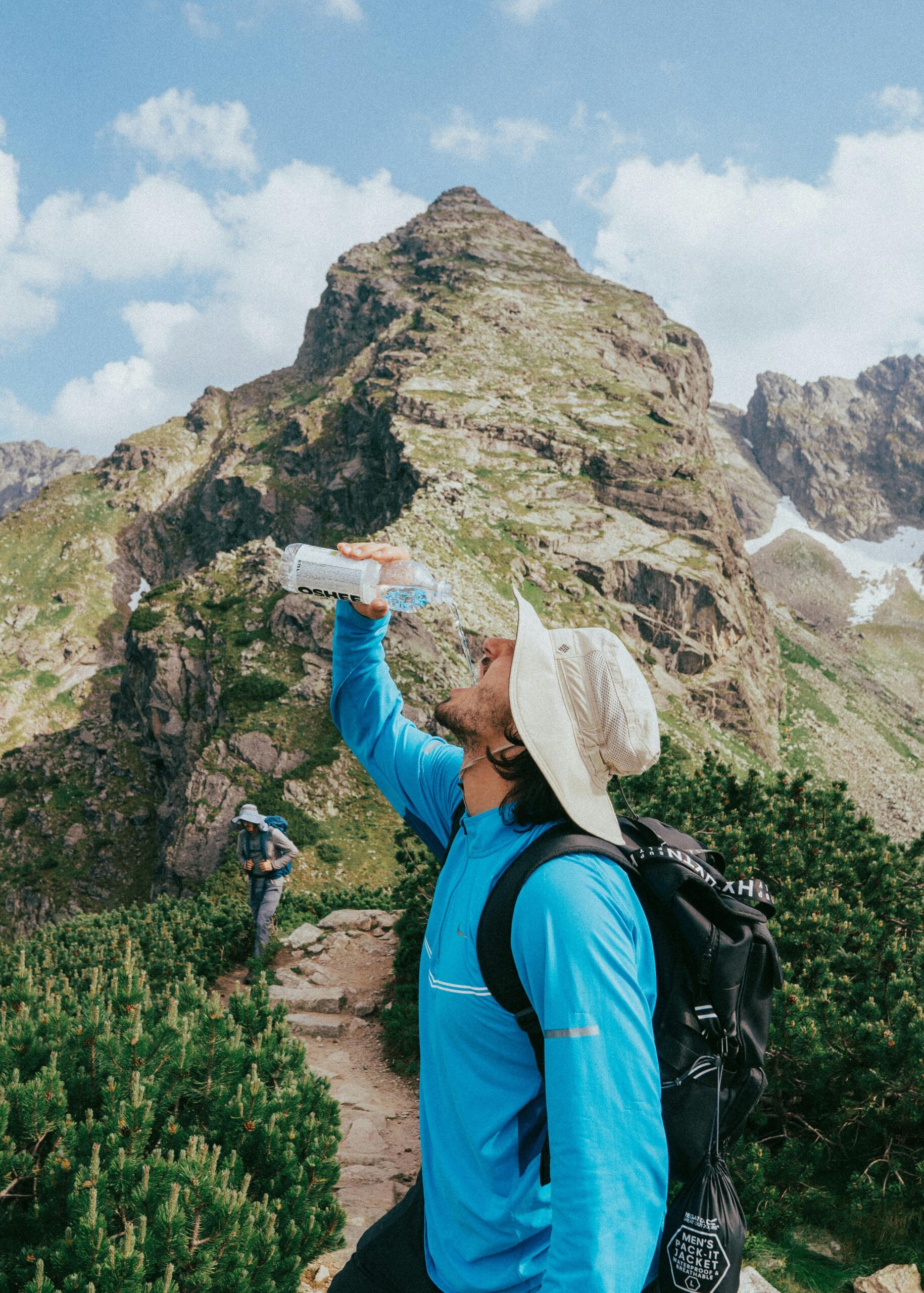Proper hydration and nutrition are key to a successful and enjoyable hiking experience. Whether you’re heading out for a short walk or a multi-day trek, fueling your body with the right foods and staying hydrated can keep you energized, alert, and ready to tackle whatever the trail throws your way. Here’s everything you need to know to stay nourished and hydrated while hiking.
1. Plan Ahead for Your Adventure
Before hitting the trail, consider these factors to determine your hydration and nutrition needs:
- Hike Duration: Longer hikes require more water and food.
- Weather Conditions: Hotter days mean you’ll need more fluids, while cold weather might require more calorie-dense foods.
- Trail Intensity: Steeper or more technical trails demand higher energy output.
Tip: Always pack more food and water than you think you’ll need in case of unexpected delays.
2. Hydration Tips for the Trail
Staying hydrated is essential for maintaining energy levels, preventing headaches, and avoiding dehydration.
How Much Water Do You Need?
- General Rule: Drink at least 1 liter of water for every 2 hours of hiking.
- Signs of Dehydration: Look out for dry mouth, dizziness, fatigue, or dark-colored urine.
Best Practices for Hydration
- Carry Enough Water: Use a hydration bladder or reusable water bottles.
- Electrolytes: Add electrolyte tablets or powders to your water to replace lost minerals.
- Drink Regularly: Sip small amounts of water every 15–20 minutes, even if you don’t feel thirsty.
Water Sources
If your hike includes natural water sources like rivers or lakes, carry a water filter or purification tablets to refill safely.
3. Nutrition for Sustained Energy
The right snacks and meals can help you avoid fatigue and keep you moving efficiently.
Best Trail Snacks
- Quick Energy: Trail mix, energy bars, or dried fruit.
- Protein Boost: Jerky, nuts, or nut butter packets.
- Complex Carbs: Crackers, pretzels, or granola.
Meals for Long Hikes
For multi-day hikes, pack lightweight, high-calorie foods:
- Dehydrated Meals: Easy to prepare with just boiling water.
- Instant Oatmeal: A filling breakfast option.
- Tuna Packets: A protein-rich addition to wraps or crackers.
Tip: Aim to eat small, frequent snacks every 1–2 hours to maintain steady energy levels.
4. Managing Food and Water Weight
Carrying food and water can add significant weight to your pack. Here’s how to minimize the load:
- Plan Efficiently: Pack only what you’ll need, plus a little extra for emergencies.
- Lightweight Gear: Use collapsible water bottles or a lightweight hydration pack.
- Share the Load: If hiking with a group, divide food and cooking supplies among members.
5. Adapt to Weather Conditions
Different weather conditions impact your hydration and nutrition needs:
- Hot Weather: Drink more water and prioritize salty snacks to replenish lost electrolytes.
- Cold Weather: Eat more calorie-dense foods to maintain body warmth and energy.
- High Altitude: Drink even more water to combat the dehydrating effects of altitude.
Tip: In extreme conditions, set reminders to drink and eat regularly, as your body may not send the usual hunger or thirst cues.
6. Keep It Safe and Sanitary
Food safety is crucial, especially on longer hikes.
- Avoid Perishables: Stick to shelf-stable items unless you’re carrying a cooler.
- Store Food Securely: Use bear-proof containers or hang your food in a tree when camping in wildlife areas.
- Stay Clean: Carry hand sanitizer or biodegradable soap to clean your hands before eating.
7. Replenish After the Hike
After a hike, your body needs to recover. Focus on:
- Hydration: Drink plenty of water or a recovery drink.
- Nourishment: Eat a balanced meal with protein, carbs, and healthy fats to repair muscles and restore energy.
Tip: Keep a recovery snack, like a protein bar or smoothie, ready for when you return to your car or camp.
Frequently Asked Questions
Do I Need Electrolytes on Every Hike?
For short hikes, plain water is often enough. For longer or more intense hikes, especially in hot weather, electrolytes are essential.
Can I Rely on Natural Water Sources?
Only if you have a reliable purification method. Untreated water can contain harmful bacteria and parasites.
What’s the Best Snack for Hiking?
Trail mix is a classic choice due to its combination of carbs, protein, and healthy fats. Customize it with your favorite nuts, seeds, and dried fruits.
Conclusion
Staying hydrated and nourished on the trail is vital for both performance and enjoyment. With proper planning, the right gear, and a focus on your body’s needs, you can hike longer, feel stronger, and fully enjoy the beauty of the outdoors.
Call to Action:
What are your go-to snacks and hydration tips for hiking? Share your favorites in the comments below and subscribe for more outdoor adventure tips!




Leave a Reply